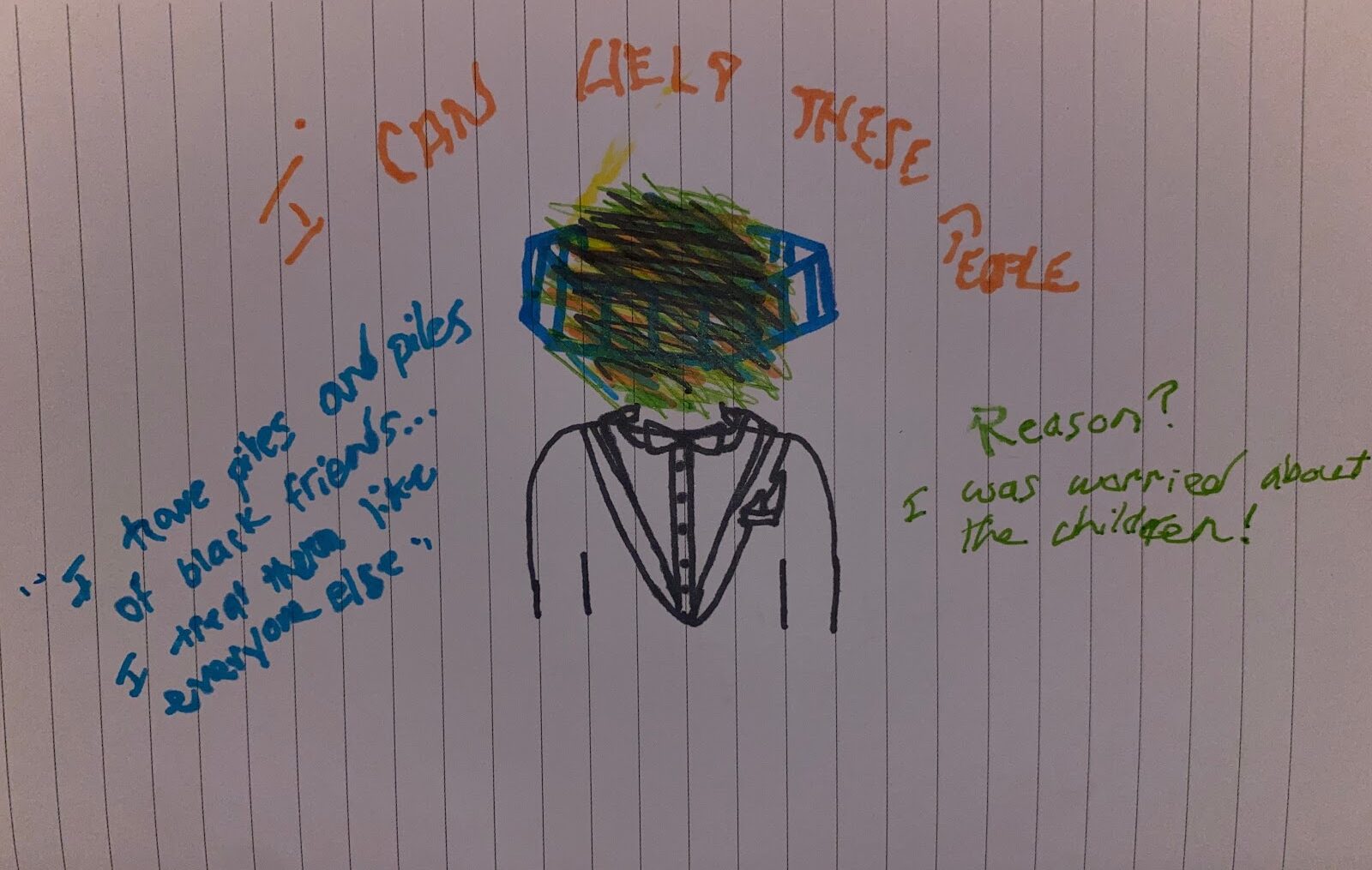Group 2:
Josabeth Simisterra, Brianna Gonzalez, Maya Pacheco-Berger
Presentation
The piece our group decided to go with was the Blog forum where many people were discussing the topic of interracial marriage. This blog post immediately caught our eye because it seems insensitive especially during these political times. When looking at the article attached it reads about a man (Keith Bardwell) refusing to marry an interracial couple simply because he “doesn’t believe in mixing races that way.” The constant pattern of burdening others and their happiness simply because you believe one thing (that can cause a lot of damage) is horrible and shouldn’t be something tolerated. While Bardwell thinks he’s doing well for the child because he believes that a biracial child will not be treated well by either the black or white community. The child is none of his concern and his need to interfere with these people’s lives is harmful in many ways. The couple will have to deal with this experience for the rest of their life while Bardwell thinks he played savior by thinking since he didn’t marry them he prevented a biracial child. (Which simply does not make sense since you don’t necessarily need to be married to have children.) Reading the responses to the article in the blog forum is just as upsetting considering that people were in agreement with Bardwell and promote these ideas publicly while hiding behind the excuse that they have black friends and are therefore not racist. This narrative is harmful in many ways because it lacks complex thinking. For example, Bardwell assumed this couple would be having children however marriage necessarily mean you’re having children either so if that was the case the reasoning behind his refusal to marry this couple is thrown out of the window because there would be no child for him to be thinking about in the first place. There are many other situations that just toss this idea away however it is clear that people with this idea simply don’t think this far ahead.
Drawing

The scribble of his face is supposed to represent his mind and how it is all over the place, therefore, explaining why he cannot grasp his head around the fact that other peoples lives are none of his business. The fence around his head represents the fact that he is fenced in by his thoughts of what he believes is right and cannot escape this thinking because he’s created this reality that what he believes is what is supposed to be upheld. The quotes around his head breakdown the reasoning behind why he refuses to marry interracial couples and the reason they are written so sloppily is to make it harder to understand which shows how his thoughts aren’t clear and don’t necessarily make sense.
Video
This is a video that highlights the struggles of interracial couples. One thing I really took out of the video is that these people are genuinely so happy and in love. Nothing and no one can deny what these people have. A lot of the struggles come from the reactions of their parents or even strangers who think it’s wrong. A lot of what drives this hatred is racism. I think people are really uncomfortable with the idea of having to experience another culture and share their own. People don’t want others to mix with a race that they deem inferior and sometimes it may go into classism. Race and social class can sometimes go hand in hand and interracial couples may face that criticism. How they were raised and what they grew up around may be invalidated by their partners’ family because it’s foreign to them. Interracial love is just love. It isn’t any different. The fact that it has to be labeled “interracial” is just proof of how much emphasis we put on race and ethnicity. Love has no bounds and the color of anyone’s skin shouldn’t determine their worth or value as a human being.

